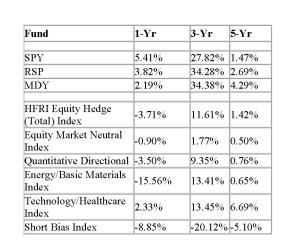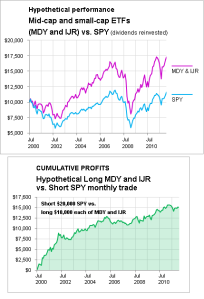![]() Refreshing Market Commentary courtesy of Ron Quigley, Mgn.Dir./Head of U.S. Syndicate Desk & Primary Sales for Mischler Financial Group.
Refreshing Market Commentary courtesy of Ron Quigley, Mgn.Dir./Head of U.S. Syndicate Desk & Primary Sales for Mischler Financial Group.
With Washington in full-out gridlock, Americans should be turning to the best national news, namely corporate profits. Corporations are driving the resurgence in equity markets posting overall fabulous earnings. The flight to under-owned equities has also helped the DOW reach what today represented a new all-time high when it screamed past the previous record high of 14,164 set back on October 9, 2007 at the open. The DOW closed today’s session at 14,253 or 89 points above its previous record. The S&P meanwhile, is closing in on its all-time high of 1,565 also set on October 9, 2007, sitting a mere 26 points away ending the session at 1,539.
Today’s pair of economic data releases conveyed a mix message about the shape of the U.S.A. On one hand, the Institute for Supply Management’s (ISM) Non-Manufacturing Business Survey painted a bright picture indicating that segment of the nation’s economic activity grew for the 38th consecutive month. It was the highest such reading since the 56.1 registered in February of 2012. Construction is showing some signs of improvement as are financial and insurance companies among others. However, in the push-me/pull-you that characterizes much of the data we see, today’s Economic Optimism Index dipped by 5.1 points versus the prior while remaining over 5 points behind its annual average. Readings above 50 point to optimism, below it – pessimism. The Index is comprised of three component parts namely, a six-month economic outlook, a personal financial outlook and confidence in federal economic policies. All three categories posted declines. This month 60% of respondents indicate they believe the economy is in a recession.
So there it is…..more contradictory information to make our day a little brighter. Heck, my barometer of optimism is if I get all my work done in one day, can start from a clean slate the next and read a bed-time story to my six year-old daughter well then, things are looking good.
On another note, Hugo Chavez is dead and you all know what that means……..you can now go ahead and buy gas at your local Citgo station. Pleasant driving people!
Here a re-cap of today’s economic data releases: Continue reading



